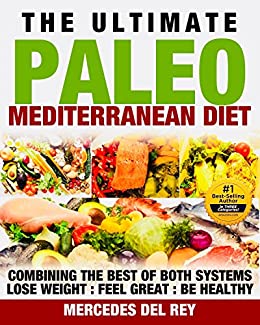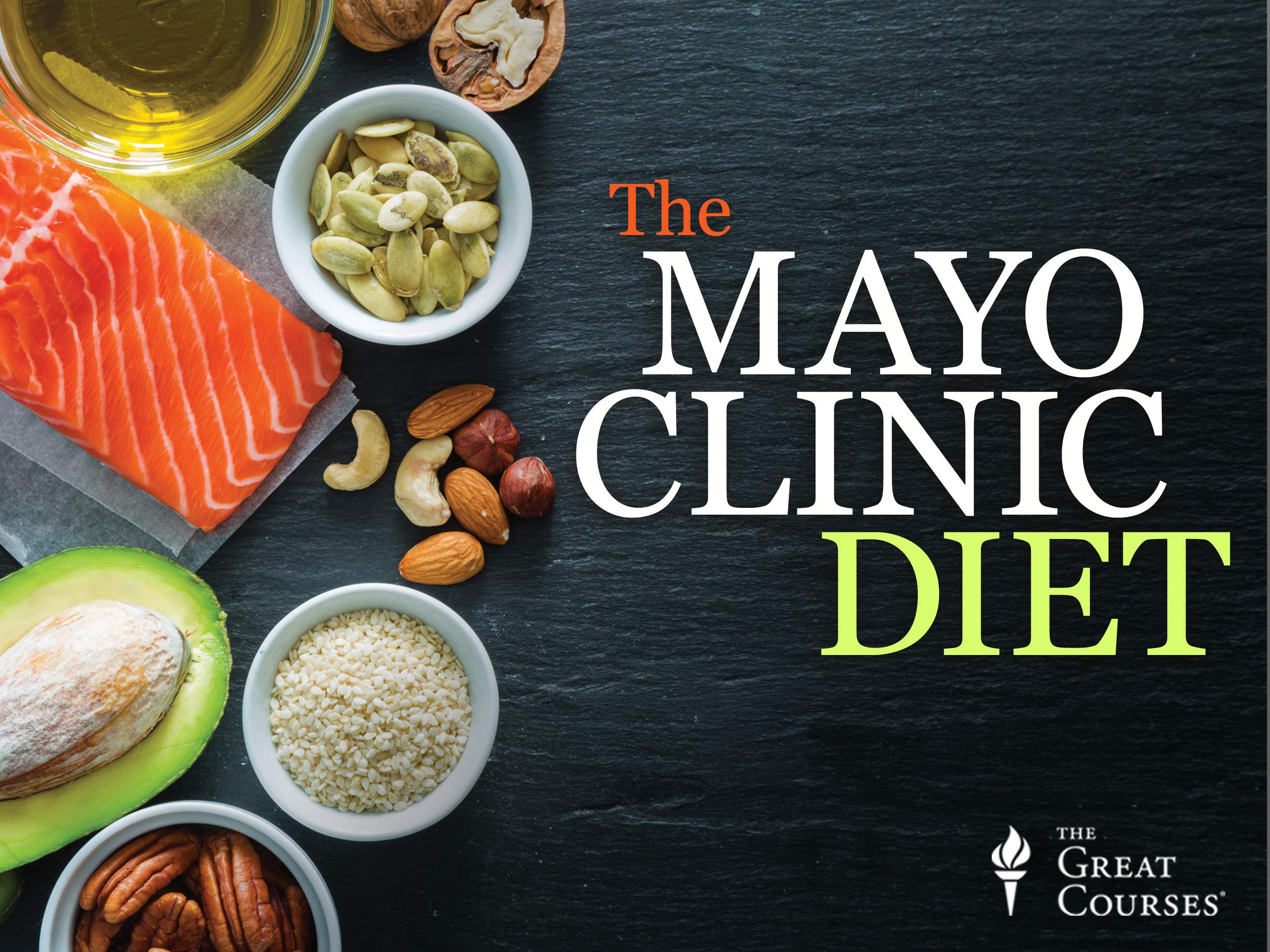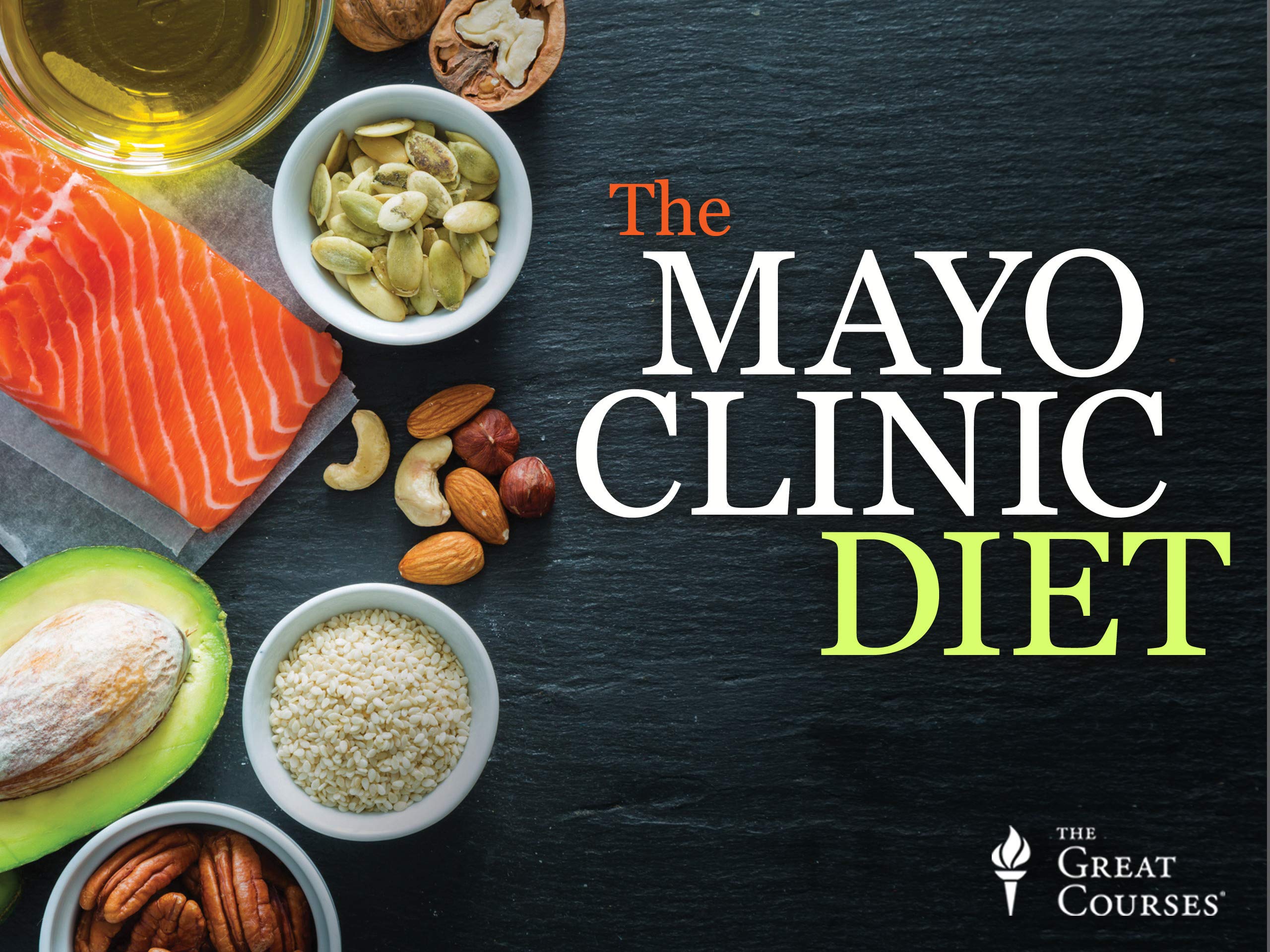
It is controversial to say whether Paleo can prevent heart disease. While the benefits of the diet are generally accepted, some studies show a link to a higher likelihood of developing heart disease. Researchers have analyzed the effect of the diet on arterial distensibility, plasma insulin during an oral glucose tolerance test, total cholesterol, LDL, triglycerides, and circulatory metabolism.
Increased risk for heart disease
A new study has shown that Paleo diets significantly increase the levels of a blood biomarker related to cardiovascular disease. Trimethylamine noxide or TMAO is a naturally occurring organic chemical that is made in the gut. Study of 44 Paleo and 47 traditional Australian participants revealed higher levels of TMAO. An increase in TMAO levels is associated with a greater risk of heart disease.
Researchers from four different Australian institutions found that participants on the Paleo diet had elevated levels of a compound linked to heart disease. Trimethylamine N-oxide is produced in the gut by bacteria and is related to the development of heart disease. Paleo diets have been shown to be more beneficial than those that eat carbohydrate-rich diets. But further studies are needed to confirm this.
Inflammation at greater risk
The Paleo diet has been linked to heart disease. Paleo-eaters have higher levels interlukin-10 (a signaling molecule produced by immune cells). Researchers believe that a low interlukin-10 level can predict a higher risk of heart disease. While high levels of interlukin-10 might counteract inflammation and help protect blood vessels, more research is necessary to confirm the relationship.

Paleo means that you avoid grains, legumes, vegetable oils, and other processed foods. This diet is heart-healthy, but high in fat. It is high in saturated and trans fats and can be expensive. Some individuals cannot afford to follow the Paleo diet because it is so high in meat and dairy products. These meats can be prohibitive for those on a low income.
An increased risk of kidney disease
Health nuts love the Paleo diet, but there are concerns. The diet emphasizes meat because it is high cholesterol. Paleo discourages refined sugars consumption, as they are high in empty calories. These sugars are also linked to obesity, diabetes, and heart disease. The Paleo diet discourages legumes but encourages meat.
Paleo diet is good for increasing fiber intake. It also helps to reduce the waistline. High levels of fiber can lower cholesterol. Egg yolks are a common food source of phosphorus and should be avoided. Egg whites, which are high-quality proteins, are better for your renal health. Drinking plenty of water also helps decrease protein levels in urine. But, there is always the possibility of developing kidney disease.
Women are at greater risk for heart disease
The Paleo diet has become popular for many reasons. It has many heart health benefits and is based primarily on the Mediterranean or Nordic diets. Its high allowance of animal fat means it is high in saturated and trans fats. A high intake of beef is associated with a higher risk of developing heart disease. However, a Paleo diet is not for everyone, and it can be expensive for low-income individuals.
Studies have shown that both cholesterol and saturated fat are not linked to an increase in the risk of heart disease among Paleo-style women. Although the Paleo diet eliminates some junk food, it does not reduce saturated fat. Recent reviews of the nutritional data associated with heart disease revealed that there wasn't sufficient evidence to link saturated fat with heart problems. A paleo diet contains fewer vegetables than the standard diet but still includes plenty of fruits and vegetables.
Effects on gut bacteria

A new study suggests that Paleo diets may reduce the risk of obesity and heart disease. The researchers compared the TMAO levels for people who ate a Paleo diet to those who did not. A high-protein diet was associated with the growth of beneficial bacteria and a lower number of pathogenic microbes. However, high-protein diets can lead to micronutrient deficiencies, poor digestive health, and chronic disease development.
The researchers also found a strong relationship between TMAO levels and a person's diet. According to the findings, a higher intake in animal-based protein (such as meat and fish) increased the amount of TMAO found in the blood. In this study, the participants' blood levels of TMAO were nearly twice as high as those of the controls. The researchers also found that vegans had lower TMAO levels than paleo dieters. The researchers found that participants had significantly lower TMAO levels when they took carnitine.
FAQ
Which is the best way for you to learn how to cook?
Cooking is one of those things that everyone should know how to do. It's a great way to experience delicious food without having to learn how to cook. The first thing you need to do when learning to cook is to find a recipe that you like and follow it closely. You'll then want to practice small adjustments until you feel confident making the dish. Finally, try cooking for others. This will not only help you cook better, but it will also test your skills.
How long does learning to cook take? What time do you need to learn how to cook?
It all depends on what level of skill you have. Some people are able to learn basic cooking skills in a matter of days. Others might take months or years before they feel confident enough to teach themselves how to cook.
The time it takes to learn how to cook will vary depending on who you are. Someone who has never been to the kitchen before might need more time than someone who does it regularly. You may also need more experience with certain types of cooking than others. Baking is more difficult than frying.
Learn a technique to increase your ability to cook quickly. Once you are proficient in that technique, you can move onto the next one. You don't need to worry about how many days or weeks it took to learn how to cook. Keep practicing and enjoying the process.
Do I need any special equipment to cook?
To learn to cook, you don’t need to have any special equipment. However, it can be easier to use the right tools. For example, a knife could be used for pasta making or a whisk would be better than a hand mixer for whipping egg whites to stiff peaks. You can make cooking more enjoyable and easier by having the right tools.
What are some of the benefits of using slow cookers?
Slow cookers allow you to make delicious meals with minimal effort. Slow cooker recipes are more healthy than traditional dishes because they use less oil. Slow cooker recipes are also convenient as they can take care of themselves while your sleep.
Where can I get free online cooking lessons
Many websites offer free cooking classes. YouTube has many videos that will show you how to cook different dishes. Some websites give you access to thousands of recipes. While you may have to pay a monthly charge, these websites allow you to try out the recipes for 30 days for no cost.
How can I learn to cook like the pros?
Cooking can be a great way for you to grow as a person. Being able to cook healthy food is a great skill to improve self-confidence. Learn how to cook healthy food at home. Find out what recipes you love first. Then, read books about different foods, such as Italian, Mexican, Chinese, etc. Finally, learn how to make different dishes until you are comfortable with them.
Statistics
- On average, chefs earn $58,740 a year, according to the BLS. - learnhowtobecome.org
- You'll be amazed that over 90% of CIA students receive scholarships and grants to finish their culinary studies. (ischoolconnect.com)
- The median pay for a chef or head cook is $53,380 per year or $25.66/hour, according to the U.S. Bureau of Labor Statistics (BLS). (learnhowtobecome.org)
External Links
How To
How to make Apple Pie
Making an apple pie is a process that involves several steps. First, wash the apples. Next, peel them and then cut them into small chunks. Then you add sugar, cinnamon, cloves, and lemon juice. Mix all ingredients together and bake at 350° Fahrenheit for 15 min. You then take the apple mixture out of the oven, cool it down and then spread some cream on top. You can then sprinkle powdered sugar over the top and serve it.